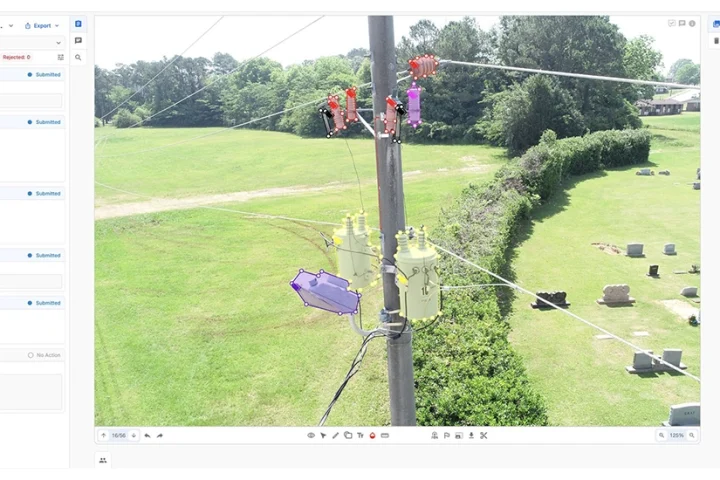These solutions improve the efficiency of operation and administration and can result in reduction of downtime by 30 to 50%
Structured cabling has long been the often overlooked though critically important component of modern IT networks. The passive infrastructure, or structured cabling, invariably accounts for up to 50% of network issues.
Shibu Vahid, Head of Technical Operations, R&M Middle East, Turkey & Africa points out that in many installations, inventory and management of physical infrastructure is done with “on-board tools” such as Excel spreadsheets and Visio graphics. Network administrators quickly reach the limits of their capabilities if they try to apply these methods to large data centers or complex building cabling systems. Incorrect, out-of-date and unreliable documentation make changes to the infrastructure something like walking a tightrope without a safety net. There is no doubt that a modern approach to cable management is now more important than ever.
The purpose of an Automated Infrastructure Management (AIM) solution, sometimes referred to as an Intelligent Infrastructure Management (IIM) solution, is to facilitate the management of the passive infrastructure in the future. In an AIM system, the entire infrastructure is represented in a consistent database, a single “source of truth”. This database provides precise and real time information on the current state and future requirements of the data center.
“AIM is intended to optimize the business process of an organization from an IT infrastructure perspective. It eliminates stranded capacity, facilitates end-to-end analysis and agile infrastructure management and aids predictive analysis and dynamic infrastructure. Since in an AIM system the entire infrastructure is represented in a consistent database, inquiries into resources such as server ports, space in cabinets as well as energy requirements and cooling capacity are quick and easy to answer precisely with this database. Improved capacity utilization of the existing infrastructure as well as the simple and exact planning of changes and expansions are immediate advantages of AIM systems,” said Shibu.
Not only this, these solutions vastly improve the efficiency of operation and administration and can result in reduction of downtime by 30 to 50 percent.



















